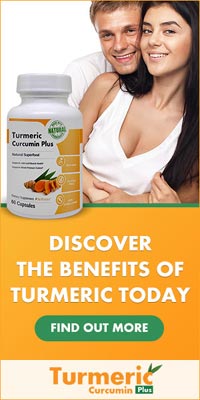However it is incredibly harmful
Open public swimming pools and hot tubs usually emit a substantial smell of chlorine bleach. We even utilize it to clean our drinking water and make our teeth whiter. Bleach is a powerful substance, there is no question concerning that - and simply because it’s so strong, it may also be a very real well-being threat.
Bleach is a caustic substance that can kill you. It is specifically corrosive to the delicate internal cellular layers of tissue in your nose area and lungs, and in case you blend bleach with ammonia, you will have produced fatal chlorine gas. Look at any specific top-ten list of harmful domestic chemical substances, and bleach will undoubtedly be onto it.
Yet most households keep a bottle or more of bleach on hand at all times, seemingly oblivious to its hazards.
Why do we do it?
If there were no alternatives to the household use of bleach, its popularity would be more understandable. But there are alternatives, much safer alternatives, readily available. We don’t keep buying bleach because we need to buy it, we keep bleach in our homes because we are told to buy it. It is the billions of dollars devoted to advertising that keep us tied to a few giant company brands and their chemical concoctions. They stick a label on the bottle that shows a happy, healthy child, and we believe it is so - yet bleach is the culprit in up to a third of household emergencies involving cleaning products each year, many involving children.
What can you use in place of bleach?
Shut your ears and eyes to the marketing hype that continually bombards you from the big-brand advertisers. Their pitch is designed only to keep you hooked on cleaning with their products, not to help you keep a safer home.
Look around. There are reputable manufacturers ( not many, but a few ) who refuse to use bleach and blend their products with much safer ingredients. The most effective of those alternatives contain one or more of the following:
- Vinegar
- Borax
- Isopropyl alcohol
- Hydrogen peroxide
- Grapefruit seed extract
- Citrus oil
- Thyme
- Melaleuca oil
These alternatives not only provide effective cleaning and antimicrobial properties, but are far better for the environment, for your home and for your peace of mind. Why should we bring toxic ingredients home, release the vapors and residue inside the house and throw the remnants into a local landfill?
Let’s be wise consumers. Let’s rely on common sense, not on manipulative commercials and advertisements, in our purchasing decisions. And let’s teach our children to do likewise. One of the most important votes we ever cast is at the local grocery or mega-store. When we choose to spend our money on people-and-planet-friendly products, the manufacturers will listen up and start producing more of them.

.jpg)






0 comments:
Post a Comment